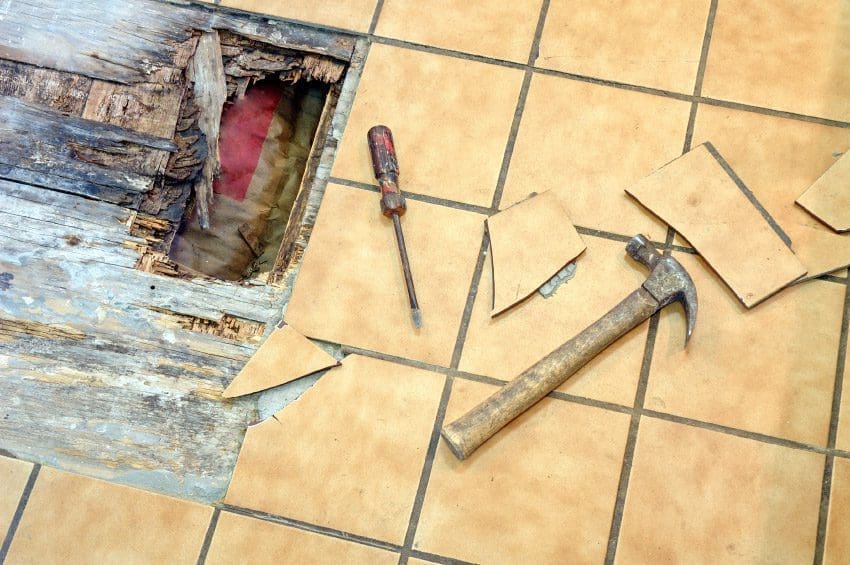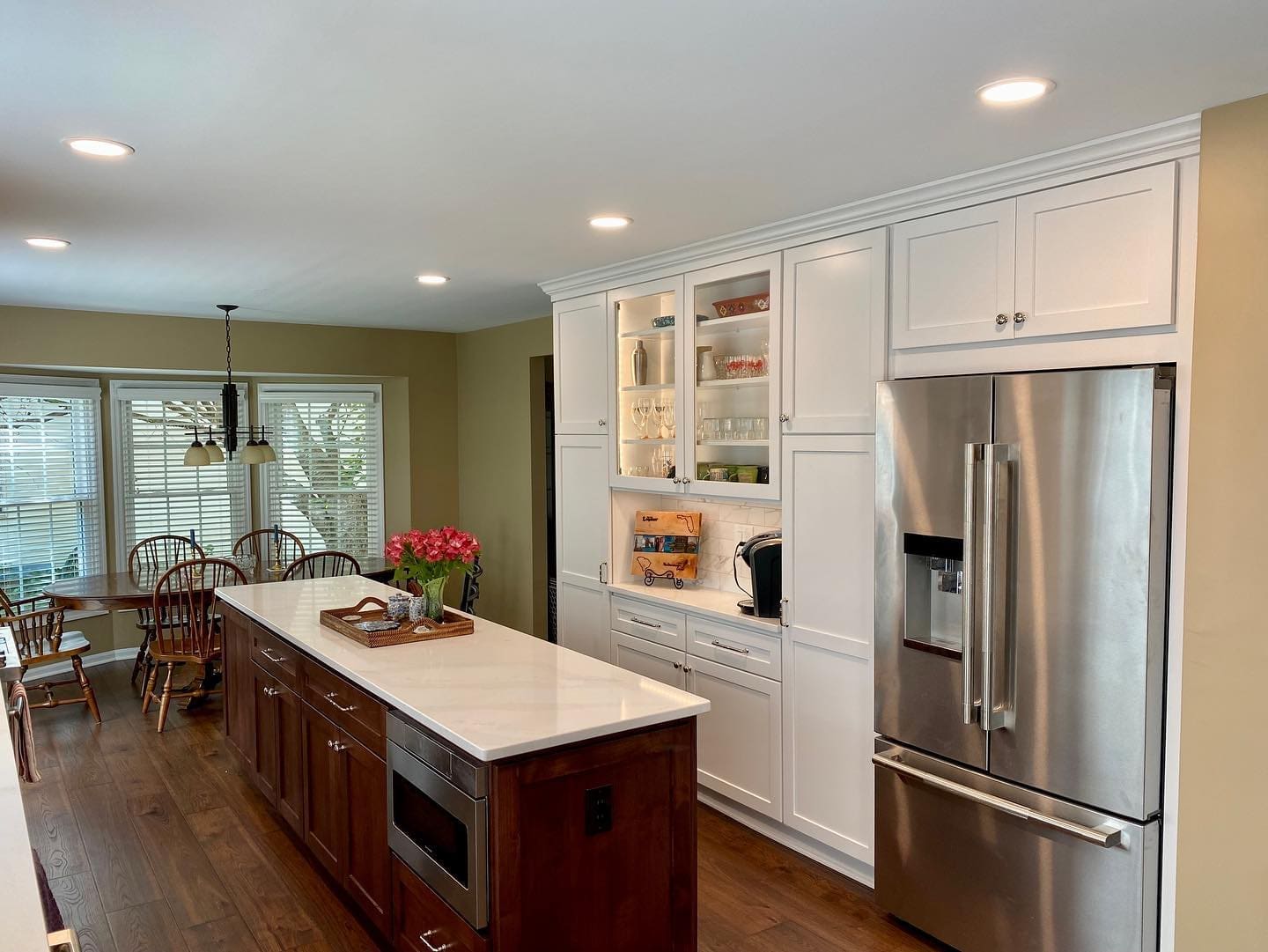Coping with Kitchen Demolition
Select demolition in a home is often a very challenging process to endure for a homeowner and family who have opted to weather the storm and live in the premises while demolition is occurring. A family must not only endure the stress of denial into the most important space of the home but will have to contend with a dramatic increase of proprietary noise, calamity, strangers, and dust. As ominous as it all sounds, most folks find a means to get through it all just fine; and some families even come to enjoy the visual of the evolutionary process of their kitchen. Demolition is the necessary ‘evil’ in the kitchen makeover process and, although it shouldn’t be feared, there is likely going to be some variables that are ‘discovered’ in this process which a family will need to address as they continue to occupy this home.
Those Dreaded ‘Unforeseens’!
Any contractor will tell you that uncovering ‘unforeseen’ or complicating issues during the demolition process are about as welcome to them as they are the homeowner. Every remodeling contract will, or should, contain a clause that seeks to prepare for a procedural plan in dealing with such things. It’s important to note that, regardless of the age of the home, these ‘unforeseens’ are a realistic threat to the greatest of plans but, quite frankly, are actually somewhat expected by those most seasoned of contractors. In short, a reputable contractor will often simply make a reasonable field modification that will not affect the outcome of the project.
What are some common ‘unforeseens’? As you might imagine, they come in many forms, shapes, sizes and levels of severity. Some are inconsequential and some will have a homeowner digging deeper into their wallet. Pest infestations are quite common: carpenter ants and termites can do a fair amount of damage without ever being seen by a homeowner; and their ‘handiwork’ is often only made public by the demolition process. Water damage is another common issue: whether it was created by inadequate sealing of a window or door casing or a steady, minuscule drip from the dishwasher or sink that eroded the substrata or support timbers over time. Other ‘unforseens’ which are not necessarily damage related but can create costs and delays are: plumbing and wiring issues (usually traced back to the efforts of a previous ‘handy’ homeowner or ‘hack’ contractor) whereby the existing wiring and plumbing mechanicals are either, not where they should be or installed in dramatic contrast to local building code–and are not safe. At the time your contractor viewed your project, the logical assumption was that everything buried in the walls, floors and ceilings was in good repair and to code; such ‘unforeseens’ don’t comply with this assumption and your contractor is not liable for them being there.
The Really Nasty Stuff
Anyone who has survived the occupation of a domestic demolition process will probably remember the entire process in a single comment: “Ugghhhh, the dust!” Most of this ‘unmanageable’ dust is created by the removal of plaster or drywall; but, realistically, even if these finishes are not removed and replaced, the repair and finishing of these surfaces can create virtual clouds of fine, white dust that seems to carry throughout the home. A conscientious contractor will have the wherewithal to, not only provide a sheet-plastic barricade of the entire demolition zone but utilize commercial exhaust fans and vacuum systems to control the dust. If the home has central heat and air, make sure that all the return ducts in the kitchen area are properly and securely obstructed to keep that ‘contaminated’ air from circulating about the home.
Should your contractor know of, or uncover (unforeseen) a material that is suspected to contain asbestos, it will become necessary to remove the family from the home. If you’re contractor is not certified in asbestos abatement, it would be wise for both you and your contractor to engage a professional who is. However, before making the big move toward abatement, have the suspect material tested for asbestos content. Common sources of domestic asbestos are: ceiling and floor tiles (vinyl or asphalt), insulation and pipe wrapping/insulation.






